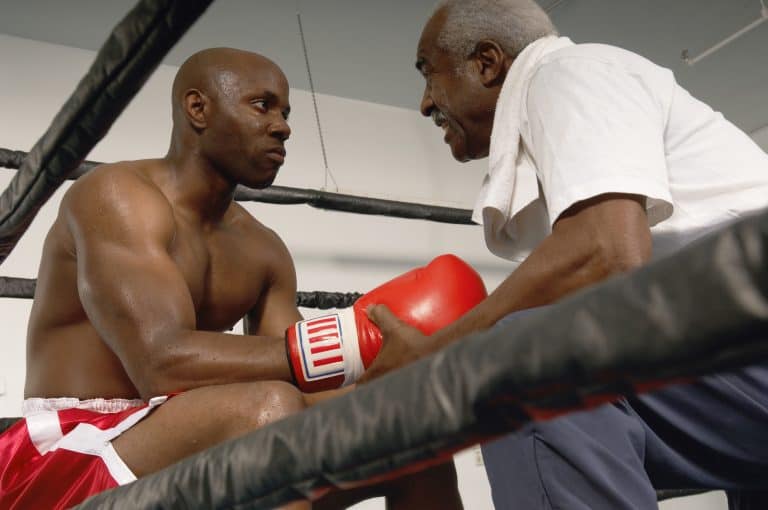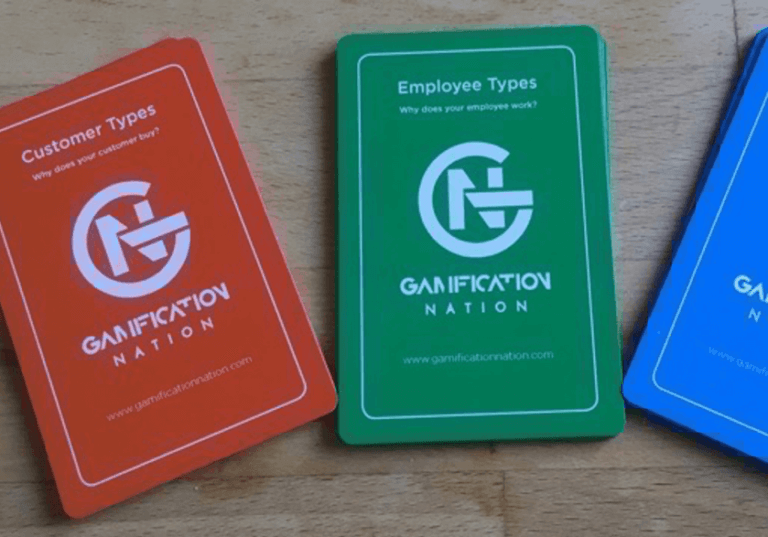Gamification stuff we love: Employer branding
In the aftermath of the Gamification in HR Summit (#gamifyHR) in Paris, I was suddenly faced with the dilemma of choice for examples of campaigns, vendors and other gamification related material I have come across. So I have chosen to group some of the examples together in one post, because they make sense under the heading of employer branding. I will say that most of the examples have included gamification elements as well as serious game material, so if you are a purist in making the distinction between the two, I have given you prior warning, saying that in the eyes of the HR buyer that difference is often not made.
At the summit we saw a number of organisations who had taken to the game world to address perceptions about their brand and also to educate about their industry, giving their employer branding or brand awareness an epic meaning, something bigger than their individual organisation.
In the example of BNP Paribas, they invented a game called ACE Manager to have university students learn about careers in banking and finance. Their awareness creation model is to also visit universities globally and promote the use of the game as part of the curriculum with professors. They do hire as a result of the game, but it is not the primary objective. Their primary objective is to create brand awareness, because a lot of the group’s employment is actually outside of France. Their game can only be played for 3 weeks a year and is it’s 6th version this year.
Another example that was given on the day came from the truck driving industry in Denmark, where once again a serious game was chosen to address a shortage of young people entering the trade of truck driving. The statistics given with a majority of truck operators above 40 to 50 years of age and no real young blood moving up the ranks, the industry is facing a skills shortage. Equally as an industry they felt that people in general had a negative or poor perception of their industry. So they set about creating a game to educate students between 15 to 17 about the reality of working in the logistics industry. The design of the game was a collaborative effort with input from logistics companies, teachers and game designers.
The game they designed is called Cargo Dynasty and your aim in the game is to build a transport empire, based on real life rules such as rest periods, HR and training time, speed limits. The project is funded by the Transport Sector’s Educational Fund and had a generous budget to develop the game. It is set up a multi-player game to encourage collaboration early on.
The final example on employee branding comes from Maersk. The presentation started with the question, what do you think Maersk is involved in and as the speakers predicted most of the audience said logistics of some kind. I personally know the brand name from container shipping. However they are also a player in the oil drilling sector. The competition for talent in this sector is high, talent is highly skilled, demands good salaries and enticing them to come and work for you as a smaller player in this market needs a differentiator. Maersk chose to go down the line of being innovative and up-to-date in how they portray this side of the business. They opted for a combined social media and game strategy to generate buzz about their employer brand. Again as an epic meaning intention they also want to educate people about not only the reality of drilling, but teach about geology, oil and innovation. The Quest for Oil website includes teaching aids and further information for students and obviously you can also apply for job through the same page. Quest for Oil
What all these games show, is that the quest for talent is definitely more intense than before and attracting people to industries which are not necessarily perceived as sexy requires more effort. From a learning perspective I personally believe it is great to see industry, academia and the teaching profession come together. From all examples they received a pleasant welcome in the classroom, whether at secondary or university levels. Teachers for years have done what they could to engage students and give them a flavour about real life in business, so I believe it’s interesting that this is actively being pursued by organisations.
In the engagement debate serious games can definitely stimulate more than just the younger generation, which effectively is what all of us are aiming to achieve in the world of gamification. In my view you don’t have to have a serious game in order to create engagement, but interactive elements such as quests and missions, delving deeper with multi-disciplinary collaboration, having to team up with people virtually, collecting of knowledge along the way, they and many more techniques we can happily borrow from games to create a more engaging experience. The key in my view is to start with your target audience in mind and make all the interactions user-centric.
How are you creating an engaging employer brand? What other innovative and creative examples have you come across in employer branding?






